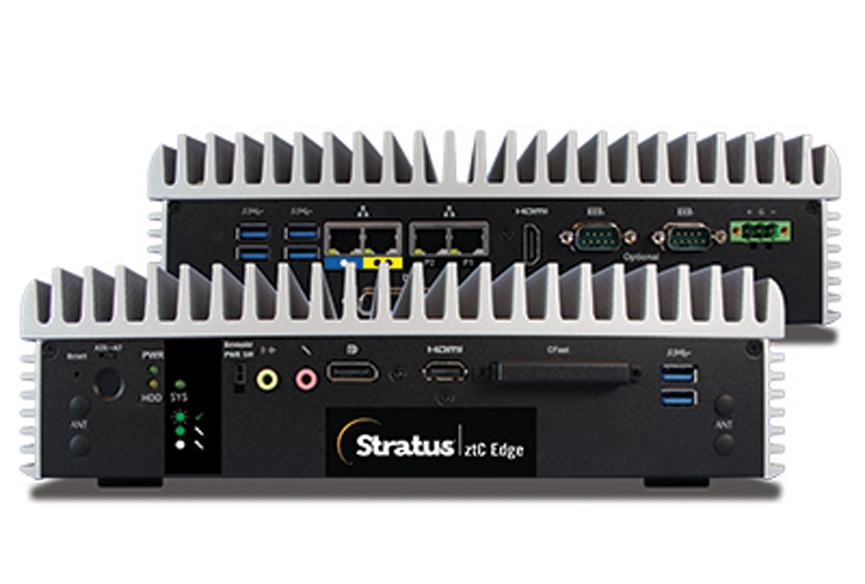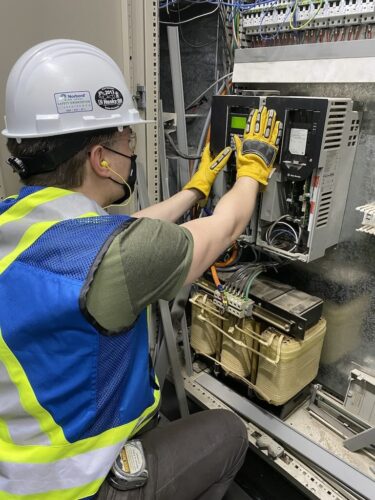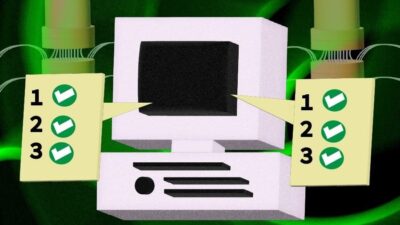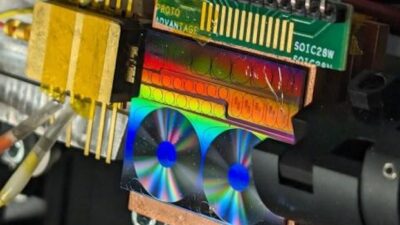When choosing, installing and using an edge computing device for a manufacturing or process facility application, these 10 best practices can help.

Edge computing devices, named for its use at the edge of a discrete manufacturing or process control application, need to be properly selected, installed and used, according to John Fryer, Stratus’s senior director of industry solutions, at the ARC Industry Forum.
Edge computers are industrially hardened computers used for monitoring, communications, and/or control deployed close to applications (as opposed to a central location away from the process). In a digital transformation architecture, edge computers may be deployed as part of evolving Industrial Internet of Things (IIoT) strategies and can include features that make it easier to connect to, communicate with, or use cloud-based applications. Computing power near the process can help ensure the application can continue if cloud connections fail.
Other names for edge computing devices may include industrial computers (IPCs), programmable logic controllers (PLCs), programmable automation controllers (PACs) or just industrial controllers.

Edge computing best practices
Fryer provided 10 best practices for edge computing.
- Agreement: Before starting a digital transformation project, get buy-in from operational technology and information technology staff. Doing so increases likelihood of success. Consider starting with a scalable project in an area of great distress, rather than with a seven-figure project.
- Ownership: Don’t let information technology (IT) staff take over digital transformation or plant-related edge computing implementations. IT staff may not understand how patches and software upgrades affect high-availability, real-time needs on the factory floor.
- Reliability and resiliency: Think through the reliability and resiliency requirements for edge computing and digital transformation. This includes maintenance and cybersecurity considerations.
- Training: Ensure plant-floor personnel have training required to understand and implement the system.
- Retention: Limit turnover of valued operations technology (OT) staff by valuing tribal knowledge. Complex, IT-based technologies may include a higher degree of risk because of training requirements.
- Support: Ensure appropriate support for installed technologies. IT staff may not be willing to provided what’s needed at 2 a.m.
- Hardware support: Select hardware that minimizes the need for long-term support.
- Software simplicity: Avoid duplicative software with high license and support costs.
- Lifecycle considerations: Take a total cost of ownership (TCO) view to lower associated risk and costs.
- Application needs: Understand implementation needs; especially in remote or rugged locations of the facility or plant.
Faster implementations
Technologies that are easier to own, deploy, and manage include a higher probability of meeting application requirements over the life of the implementation. Less time spent on architecture and configuration allows for faster deployment, which decreases time to produce when more of what’s required is included in the box, suggested Brian Beitler, controls engineer at Kline Process Systems.
Fryer said hot-swap functionality can ensure the project remains operating without interruption if hardware needs switching.
Mark T. Hoske is editor-in-chief of Control Engineering. Contact him at [email protected].
CONSIDER THIS
Ease of implementation and use can speed startup, use, and lifecycle productivity of an edge computing application.
This article originally appeared March 8, 2019.



